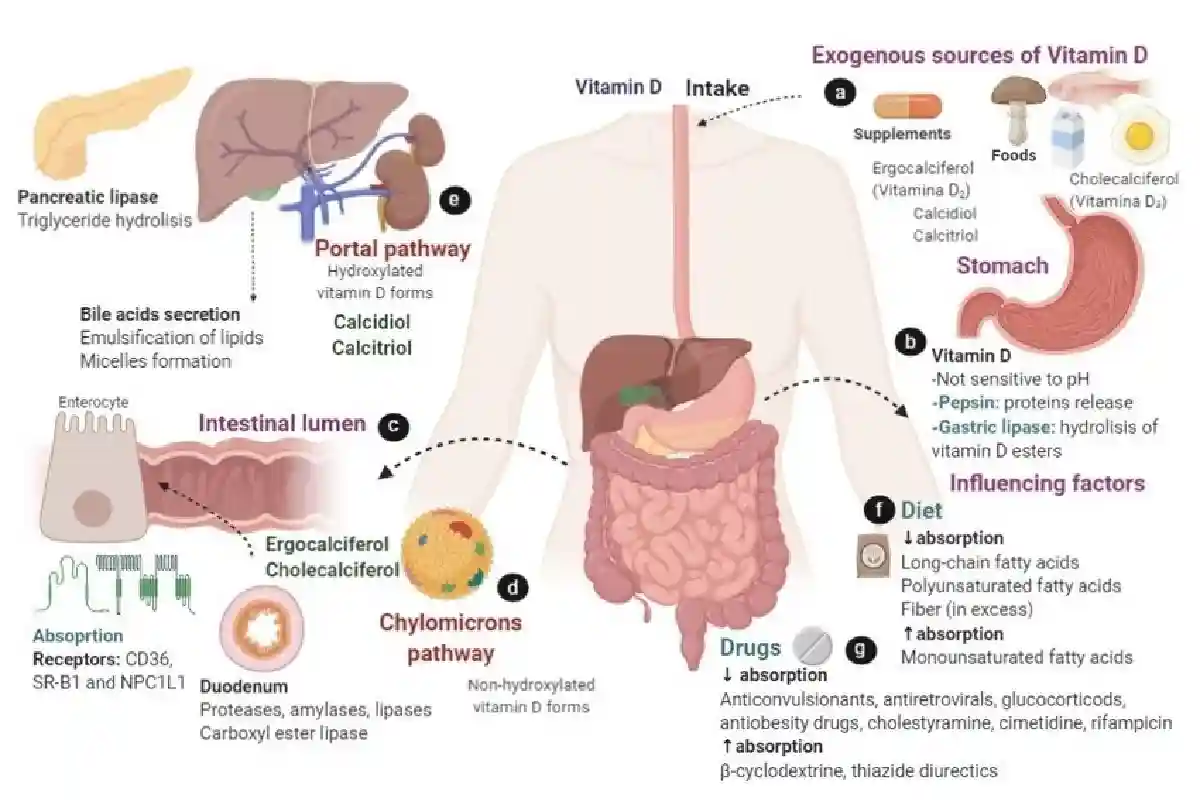Absorbs vitamin D – Thus, the areas of the body that best interest fat-soluble vitamin D are the face, arms, and legs. Therefore, only by exposing arms and legs and looking to the sun for about 20 minutes a day will we be able to increase the values of fat-soluble vitamin D. In any case, it is essential to avoid overexposure to solar radiation.
Table of Contents
Buy vitamin d sun lamps online
| solar garden light burning oscillating light, when the wind, solar lights… |
| Lamberts Vitamin D 1000ui – Tablets, One size, Vanilla, 120 Unit |
| Solaray Vitamin D3 + K2 | It favors the absorption of calcium and supports the cardiovascular system and… |
| Solgar | Vitamin D3 4000 IU (100 μg) (Cholecalciferol) | 60 Vegetable Capsules |
| Vitamin D3 and K2 400 Vegan Tablets – Vitamin D3 4000UI Vitamin K2 200 µg High… |
| Natural Vitamin D3 [5000 IU] Depot – Highly Concentrated – with Extra Virgin Olive Oil… |
| SOLARAY Vitamin C & D, 1000Mg C & 50Mcg D, Suitable for Vegetarians, Vegcaps 200 G, 60 Units |
| Vitamin D3 3000 IU – 365 Softgels – 1 Year Supply – Vitamin D Supplement -… |
| LED Tortoise Lamp, Reptile Heat Lamp, UVA UVB, with two 50W UVA UVB Bulbs… |
Where is fat-soluble vitamin D synthesized?
Fat-soluble vitamin D is synthesized in the skin by the action of ultraviolet rays and is converted in the liver and bone.
Where is vitamin B12, and what is it for?
Intake of vitamin B12: the water-soluble vitamin protects restless cells, helps blood formation, and provides body energy. It is found practically only in foodstuffs of animal origin, especially meat and fish.
How do you compensate for fat-soluble vitamin D?
– Fish: 3-4 servings per week, alternating white and blue.
– Eggs: 3 weekly servings.
– Dairy: 2-3 servings per day.
What are the symptoms of fat-soluble vitamin D deficiency?
Fatigue and tiredness, fatalism and a more depressed state of mind, slight excitability, muscle weakness, nervousness and also insomnia, cravings for sweets, tooth decay, and gingivitis…; These are specific main symptoms that alert us to deficient levels of fat-soluble vitamin D, which, as we stated, is essential for our …
What vitamin replaces the sun?
vitamin D
What is the vitamin generated by sunlight?
vitamin D
How to get fat-soluble vitamin D type without the sun?
Foods rich in fat-soluble vitamin D are essential to digesting vitamin D: Dairy products, especially milk, cheese, and butter. Oily fish like salmon are rich in minerals such as zinc (a good shield against respiratory infections), magnesium, and selenium.
What vitamin replaces the sun?
vitamin D
How to replace fat-soluble vitamin D from the sun?
– Bluefish: salmon, tuna, bonito, sardines, anchovies, and mackerel.
– Eggs.
– Enriched foodstuffs: cereals, yogurt, milk…
How to properly absorb fat-soluble vitamin D type from the sun?
Adequate amounts of fat-soluble vitamin D can be generated with moderate sun exposure to the face, arms, and legs (for those with lighter skin). This generally means that average sun exposure of 5 to 30 minutes between 10-12 hours is sufficient.

